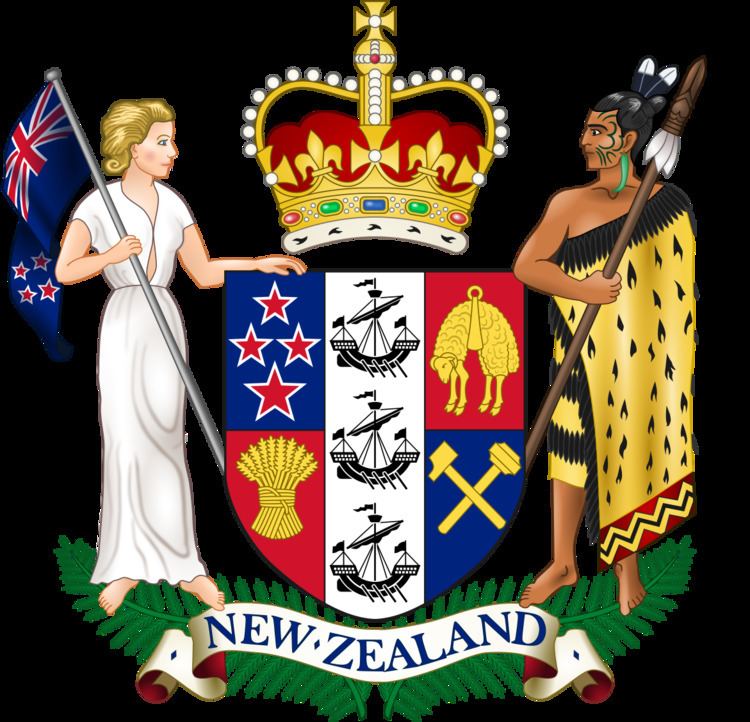 | ||
New Zealand national politics feature a pervasive party system. Usually, all members of Parliament's unicameral House of Representatives belong to a political party. Independent MPs occur relatively rarely. While two primary parties do indeed dominate the political landscape, the country now more closely resembles a multi-party state, where smaller groups can reasonably expect to play a role in government. As of March 2017, seven parties have representatives in Parliament.
Contents
History
Political parties in New Zealand evolved towards the end of the nineteenth century out of interest groups and personal cliques. Most historians regard the Liberal Party, which began its rule in 1891, as the first real party in New Zealand politics. During the long period of Liberal Party control the party's more conservative opponents founded the Reform Party, forming the original duopoly in the New Zealand parliament.
Gradually, Liberal and Reform found themselves working together more often, mostly in opposition to the growing Labour Party. After Labour eventually won office in 1935, the Liberals (now known as the United Party) and Reform came together in 1936 to form the National Party. Labour and National currently exist as the two main parties of New Zealand politics.
Over the years, a number of "third parties" or so-called "minor parties" developed, notably the Social Credit Party, the New Zealand Party, the Values Party, and the Alliance. However, the "first past the post" electoral system meant that regardless of how many votes a party gained nationwide, it could not win a seat without a plurality in a particular electorate (voting district). Under such conditions, these parties mostly performed poorly in terms of making an impact in Parliament.
With the introduction of the Mixed Member Proportional (MMP) electoral system for the 1996 elections, however, it became much easier for smaller parties to enter parliament; but more difficult to gain election as a non-party independent. Since the change to MMP, about one third of the seats in Parliament have been held by MPs representing parties other than Labour and National. In the years before MMP, by contrast, there were sometimes no such MPs at all.
Registration of parties
Political parties in New Zealand can be either registered or unregistered. Registered parties must have five-hundred paying members, each eligible to vote in general elections.
If a party registers, it may submit a party list, enabling it to receive party votes in New Zealand's MMP electoral system. Unregistered parties can only nominate candidates for individual electorates.
Registered political parties are also able to spend up to $1 million during the campaign for the party vote. All political parties are able to spend $20,000 per electorate seat.
Parties represented in Parliament
The order in which political parties appear in this list corresponds to the number of MPs they currently have. Note that political parties must be registered under the Electoral Act 1993, but the Speaker, may recognise that party for parliamentary purposes on a temporary basis, for a "reasonable period".
Registered parties outside of Parliament
Parties listed in alphabetical order:
Unregistered parties
Parties listed in alphabetical order:
Parties which never held seats
Parties listed by date of founding:
